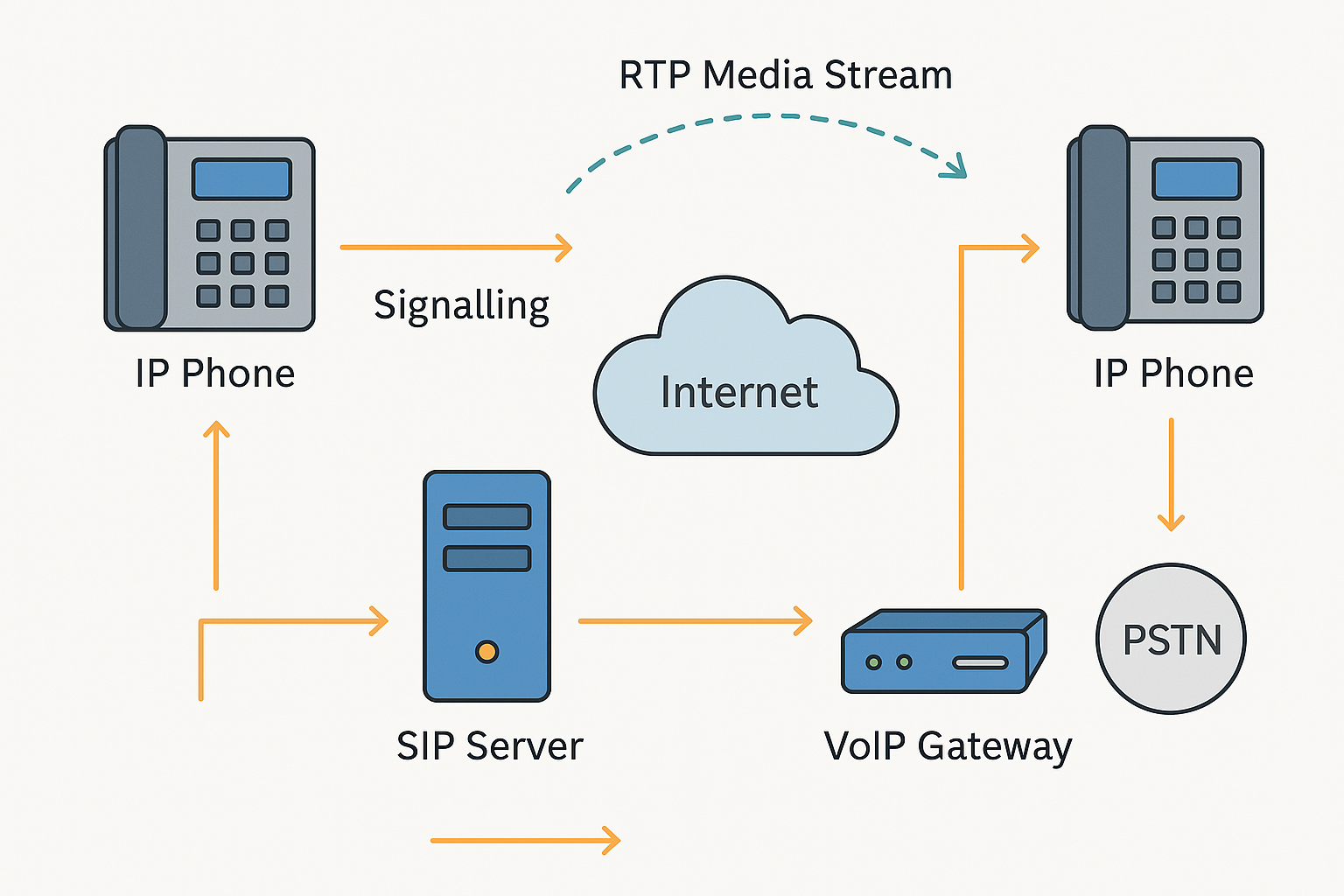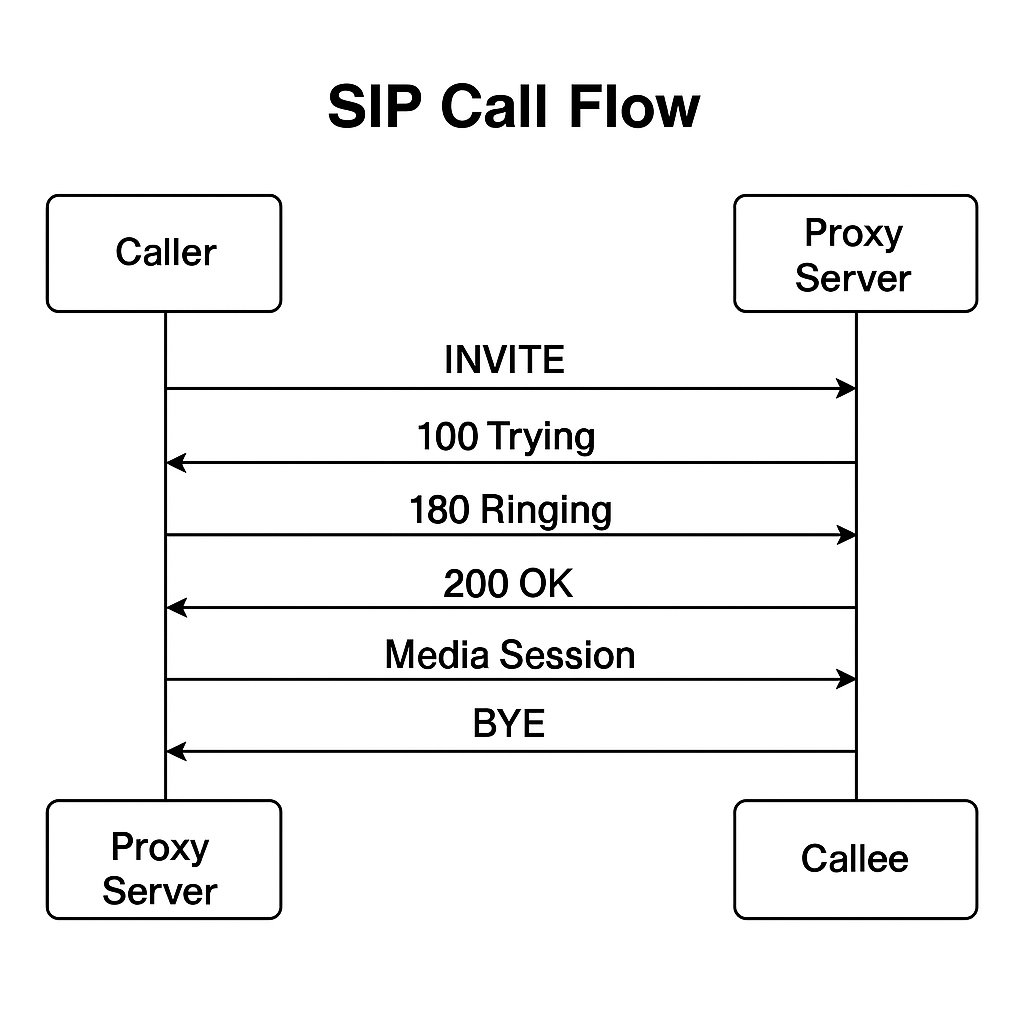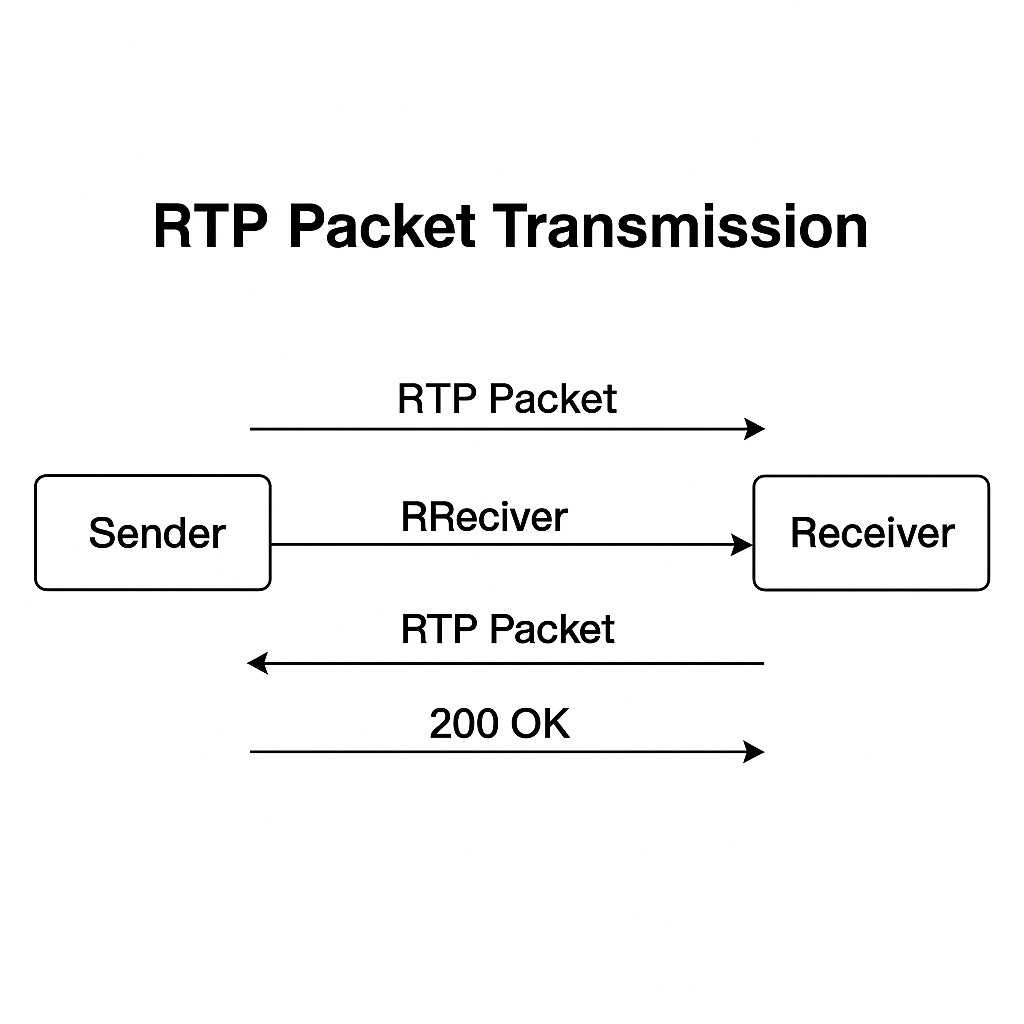
Voice over Internet Protocol (VoIP)
by Atharv Mahajan [ MIT-WPU ]

What Is VoIP and Why Everyone’s Using It (Even If They Don’t Know It Yet)
by Atharv Mahajan
Hi, I’m Atharv Mahajan, and if you’re even slightly curious about how modern calling works, you’re in the right place.
A lot of people throw around the term VoIP (Voice over Internet Protocol), but not everyone knows what it really is or how powerful it can be — especially for businesses. In this post, I’m going to explain VoIP like I would to a friend: no jargon, no fluff, just real-world understanding.
So… What Is VoIP, Really?
VoIP is a tech that lets you make calls over the internet instead of traditional telephone lines. Your voice gets turned into digital data, sent across the internet, and turned back into sound on the other side.
If you’ve used:
- WhatsApp calls
- Skype
- Zoom
- Google Meet
…you’ve already used VoIP — probably without even knowing it.
VoIP System Architecture

Caption: A basic overview of how VoIP connects users globally using internet protocols.
How VoIP Actually Works (Don’t Worry, I’ll Keep It Simple)
Here’s what happens when you hit that “Call” button:
- Your voice is captured and digitized.
- It’s compressed by a codec like G.711 or Opus.
- The data is sent via RTP (Real-Time Transport Protocol).
- SIP (Session Initiation Protocol) takes care of starting and ending the call.
- The other person hears you — in real-time.
All this happens in milliseconds.
Why Businesses (and People Like Me) Love VoIP
Let me break it down:
💰 Way Cheaper: Especially for long-distance or international calls.
🌍 Global Access: Your number works wherever you have internet.
📈 Easy to Scale: New team member? Just create a new user — no hardware needed.
🔗 Feature Packed: Video calls, voicemail-to-email, call recording, IVRs — all built in.
I’ve helped businesses transition to VoIP, and the feedback is always the same: “Why didn’t we switch sooner?”
SIP Call Flow

Caption: SIP handles the ‘call setup’ magic — so you don’t have to.
But Is VoIP Secure?
It can be. Just like with any internet-based tech, you’ve got to lock it down:
Use TLS and SRTP to encrypt your calls.
Secure your network with a firewall and VPN.
Deploy a Session Border Controller (SBC) for added protection.
As someone who’s worked in cybersecurity, I can say confidently: a well-configured VoIP setup is just as secure (or more) than old-school phone systems.
Real-World Use Cases (It’s Not Just for Chatting)
Call Centers: Run support lines globally with cloud-based VoIP.
Telemedicine: Doctors consult patients online.
Remote Work: Teams talk across time zones like they’re in the same room.
E-Learning: Lectures and workshops delivered in real time.
What’s Next? The Future of VoIP
We’re already seeing VoIP evolve with:
5G: Better speed, lower latency.
AI: Smart call routing, voice analytics, even real-time translations.
Blockchain: For verifying caller identity and securing data.
IoT Integration: Imagine your fridge making a VoIP support call. (Not kidding.)
RTP Flow / QoS System

Caption: RTP ensures your voice gets there clearly — and fast.
Wrapping Up
VoIP is the present — and the future — of communication.
It’s smarter, faster, more secure, and ridiculously cheaper than legacy phone systems. Whether you’re a solo freelancer, a startup, or a global enterprise — VoIP can completely transform the way you connect.
If you’re thinking about upgrading your communication game, feel free to reach out. I’d love to help you get started.
Written by Atharv Mahajan
Cybersecurity & Communication Systems Enthusiast
+91 7248953585
